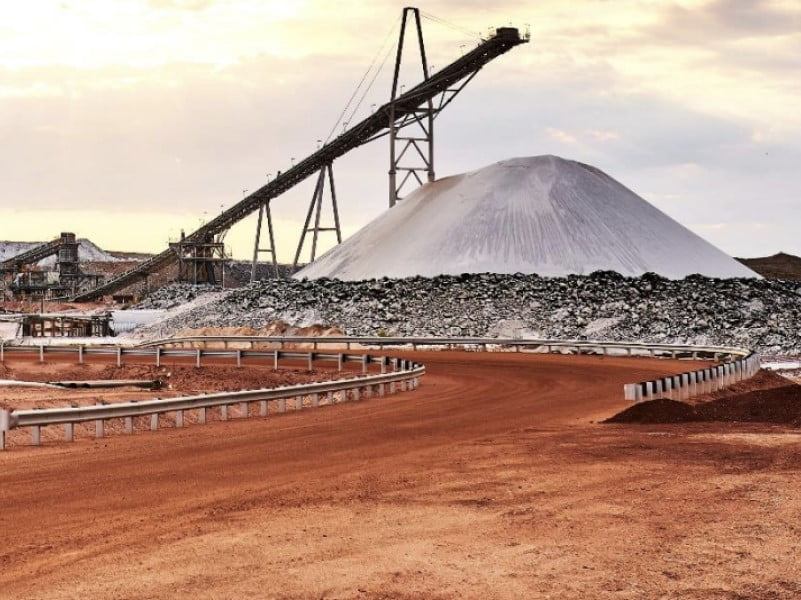Backers of critical minerals projects will have to showcase their efforts to address workplace gender equality and engage First Nations Australians when applying for a share of $50 million in grants through the Critical Minerals Development Program.
Guidelines for the Coalition-era program, which targets projects that aim to “help the international economy decarbonise”, were released as applications opened on Tuesday.
The opening coincided with a $220 million Northern Australia Infrastructure Facility (NAIF) loan to support the development of the Yangibana Rare Earths Project in the Gascoyne Region, Western Australia.
Although the grant assessment criteria is almost identical to the draft guidelines released last April, applicants will now need to provide evidence of their workplace gender equality and First Nations engagement strategies.

According to the grants program guidelines, the strategy to support workplace gender equality “should document specific numerical targets, indicators, progress and actions to be undertaken during the grant activities”.
A First Nations engagement strategy should also “set out objectives for First Nations participation, procurement and employment”.
Resources and Northern Australia minister Madeleine King said the grants would accelerate development of Australia’s critical minerals sector helping it, and the world, meet its commitments to net-zero emissions.
“The grants program will help Australia become a trusted and stable global supplier of critical minerals and rare earths which are needed to help lower global emissions,” Minister King said.
“The grants will support up to half of eligible expenditure on projects that will strengthen global supply chains and help Australia build capacity to process critical minerals into strategically important technologies such as lithium-ion batteries, rare earth element magnets, semi-conductors, and communications components.”
The program was originally launched as the Critical Minerals Accelerator under the previous Coalition government and awarded $50 million under a closed funding round that 11 companies were invited to apply for.
When the program was renamed, the Albanese government cut $100 million from the available funds but retained the previous government’s commitment to establish a $50.5 million Australian Critical Minerals Research and Development Hub.
Consultation for a 2023 update to the Critical Minerals Strategy is also underway, to help guide the planned $1 billion Value Adding in Resources Fund within the $15 billion National Reconstruction Fund, as well as remaining funds in the Critical Minerals Loan Facility.
The government expects the demand for “lithium to grow 40-fold, cobalt and graphite 20-fold, and rare earth elements 7-fold”, driven by the demand for low-emissions technologies.
An Accenture report, commissioned by the Future Battery Industries Cooperative Research Centre, puts the potential value of the national battery industry at $7 billion by 2030.
Applications to the grant program will be open until February 20.
Do you know more? Contact James Riley via Email.

